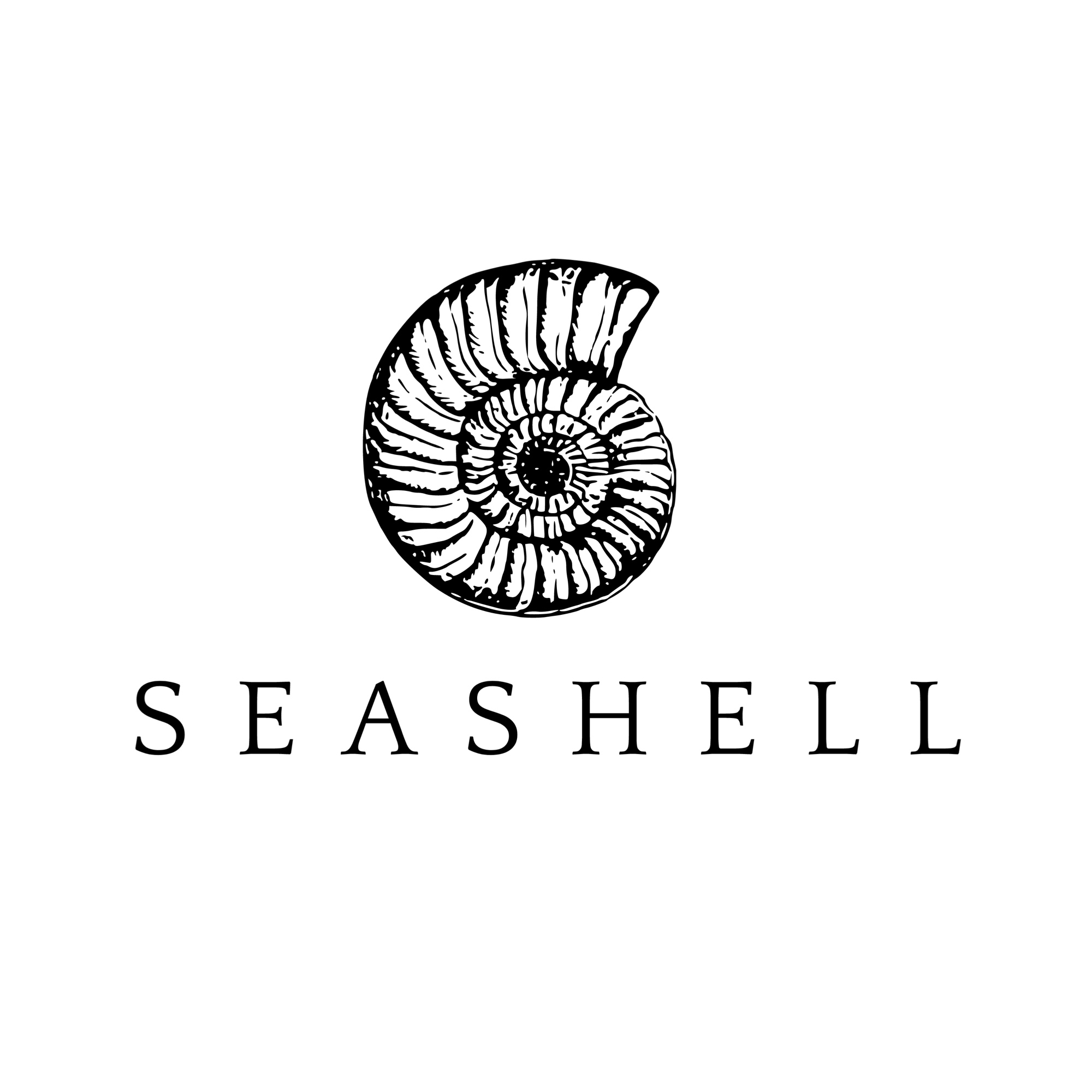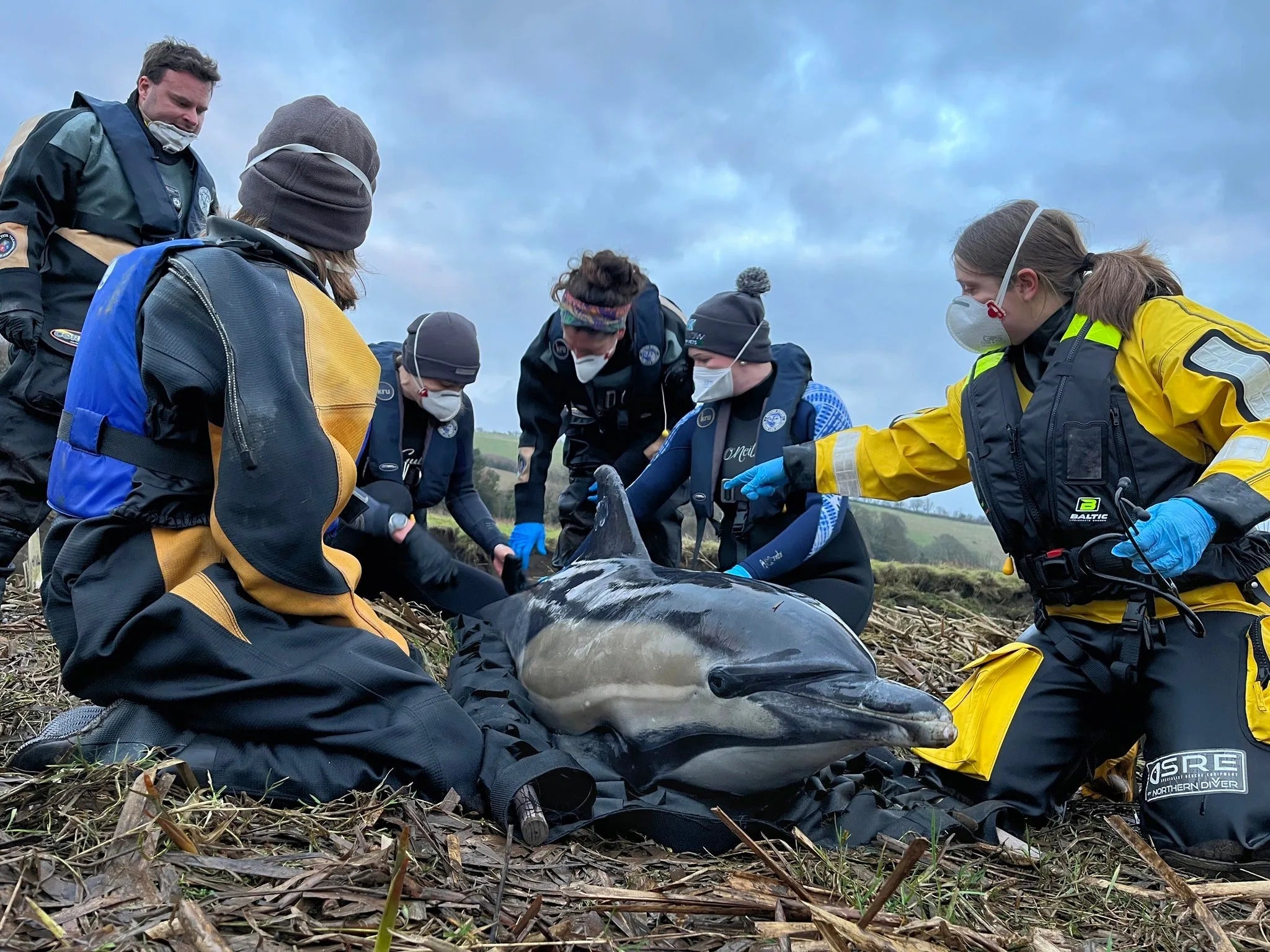Since 1988, British Divers Marine Life Rescue (BDMLR) has stood on the frontline of marine wildlife conservation and emergency response across the UK. Formed in the wake of a devastating seal virus epidemic, BDMLR has grown into a vital network of trained volunteer medics committed to rescuing stranded and injured marine animals, from vulnerable seal pups to massive whales. Their work blends rapid response with education, advocacy, and deep compassion for ocean life. In this interview, Engagement Officer Susan Tierney shares insights into their operations, the threats facing marine mammals, and the powerful role people can play in protecting our seas.
How did British Divers Marine Life Rescue get started, and what inspired its founding?
British Divers Marine Life Rescue (BDMLR) was formed in 1988 when a few like-minded divers got together response to a mass mortality of common seals in the Wash area of East Anglia, to do what they could for the rescue effort response to the Phocine Distemper Virus epidemic that resulted in thousands of deaths. From there, BDMLR has been involved in the rescue of marine wildlife after every major marine disaster, including the Braer shipwreck in Shetland, the Sea Empress grounding in Milford Haven, and the Napoli shipwreck in Dorset.
What are some of the most common species BDMLR responds to, and what are the main threats they face?
The most common marine mammal we work with is seals. Seal pups, in particular, are incredibly vulnerable in the first few years of their lives due to separation from their mothers in the first few weeks of their lives (usually due to storms). They also face illness and even entanglements in marine litter. This is also a problem for mature seals. Climate change is also a major threat, increasing storms (causing separation from mothers, washing them out to sea, resulting in increased mortality).
We also respond to stranded marine cetaceans, with the most common species being Common, Bottlenose, and Risso's dolphins; Minke, humpback, and sperm whales; and harbour porpoise. Old age, illness, navigational error, difficulties giving birth, following a leader (particularly with reference to Pilot whales), and injury are the most common reasons for cetaceans stranding. However, we also encounter entanglements, too, and in relation to whales, our Large Whale Disentanglement Team becomes involved (see our most recent successful disentanglement here ). Cetaceans also face many other threats, including climate change, habitat loss, ship strikes, disease, and disturbance.
Can you walk us through what typically happens when BDMLR receives a call about a stranded or injured marine animal?
When BDMLR receives a call (say, from a member of the public) about a stranded cetacean or a seal needing help, we put a request out to our volunteer Medics in the local area to attend. If it is a seal needing help, we usually only need one or two Medics to attend. However, if it is a cetacean, we may need many Medics (sometimes into double digits as these rescues can go on for many hours). Medics are then given the location to attend, and they report back to our Rescue Coordinator on our rescue line with photos and details of an assessment carried out. An assessment tells us the required outcome. In most cases, with a seal pup, this would be a visit to the vets and then on to a rehabilitation centre. However, with a cetacean, this would be the possibility of an attempted refloat or not, to which the assessment tells us this outcome.
Besides rescues, what other types of conservation or public awareness work does BDMLR do?
We are involved in different conservation work within our groups across the UK. This can be educational through attending local fairs and conferences, presenting at talks and webinars, carrying out beach cleans and running campaigns and petitions with other organisations; for example, the flying rings campaign, which can be found here .
How important is public education in preventing marine animal distress in the first place?
Public education is extremely important. Most importantly, to call us if they see a marine mammal in distress for advice and so we can send Marine Mammal Medics to assist. We constantly see cases where well-meaning members of the public try to put these animals back in the sea, which is only detrimental to them. Cetaceans usually strand for a reason, and our Medics assess whether or not it is in their best interest to go back into the sea or not (sometimes not if they are in very poor health). Our message is always to call us before doing anything.
What motivates your team to keep doing this work, even when it’s difficult?
Our Medics love the animals they care for. They are so passionate about marine life and our oceans that they commit themselves (and their own money in many cases) to caring for them. Even when difficult situations arise, they still want to ensure somebody is there to help when they need it. It is truly heartwarming and should be applauded.
What is the one message or hope BDMLR would like to share with the public about our relationship with marine life and the oceans?
The message we would like to share far and wide is that our ocean must be protected and respected. Not only for marine life, but for ourselves. We cannot survive without it.
Find out more
From BDMLR's passionate volunteer network to their work in public education and marine conservation, their message is clear: our oceans must be protected and respected, not just for the creatures who call it home, but for the wellbeing of the planet as a whole. If you see a marine animal in distress, always call BDMLR before approaching—well-meaning actions can unintentionally do more harm than good. Check this video for more advice.
Photos by Dan Jarvis, Gavin Parsons, Kathleen MacDonald, Em Mayman.


Come and join us!
Join us every Saturday at 10am at the Fittie end of Aberdeen beach for invigorating dips in the sea. The refreshing waters will not only revitalize your body but also uplift your spirits, offering a perfect blend of mental clarity and physical well-being.
For updates on volunteering at beach cleans, joining adventure days, and other upcoming events please see our social media pages.
The ultimate guide to unlocking the full potential of one of nature's most powerful resources.
Cold water has been used for centuries as a natural remedy to promote health, vitality, and well-being, and its benefits are backed by science.
Whether you're a seasoned cold water enthusiast or just starting out, this comprehensive guide will provide you with all the information you need to harness the power of cold water and take your health and wellness to the next level.









Mountain Peaks to Masterpieces: How a Brush With Disaster Became the Birth of an Artist
Remote Islands, eDNA, and Art Activism: May Recap